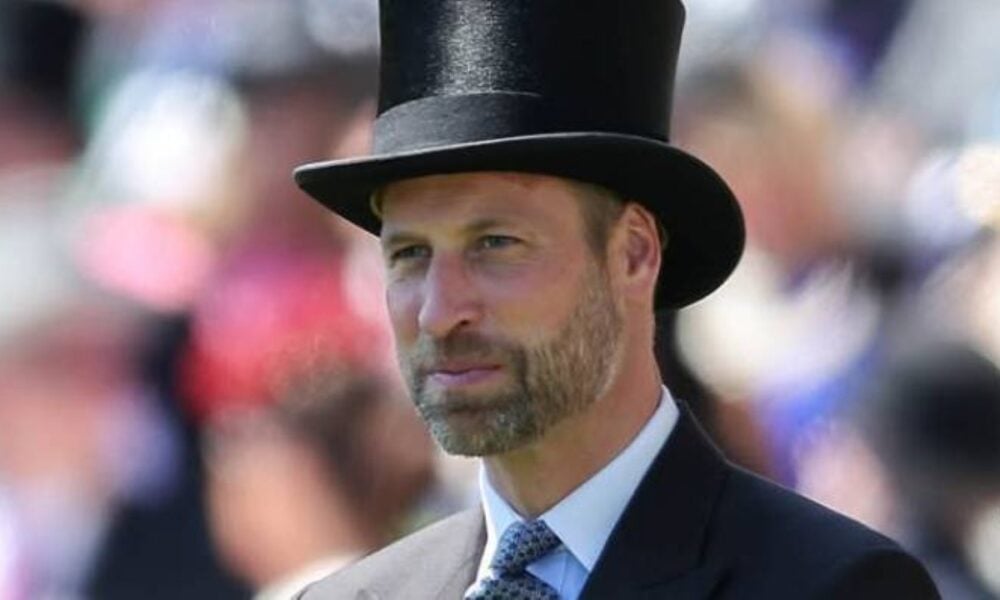Share
Tweet
Share
Share
King Charles III, diagnosed with cancer in February 2024, has intensified preparations for Prince William and Kate Middleton to assume the British throne, according to Palace sources. At 76, the monarch, who ascended after Queen Elizabeth II’s death in 2022, faces a condition showing no remission, prompting actions to ensure monarchy stability. Based in London, the transition plan involves training William, 42, and Kate, also 42 and battling cancer since 2024, in diplomacy, royal protocols, and leadership. The move, started in early 2025, aims to secure a smooth succession as Charles III’s health declines. William has taken on key royal duties, such as international engagements, while Kate balances recovery and family responsibilities.
The monarchy faces challenges, including Harry’s estrangement and public scrutiny. Training focuses on diplomacy and Commonwealth relations. Key points include:
- King’s health: Cancer with no remission since 2024.
- Succession: William as next king, Kate as queen consort.
- Training areas: Diplomacy, protocols, Commonwealth leadership.
The royal family navigates a delicate period, prioritizing stability and continuity.
Health status of King Charles III
Since his cancer diagnosis in February 2024, following a prostate procedure, Charles III has limited public appearances. The Palace has not disclosed the cancer type, but ongoing treatment and lack of improvement by 2025 raised concerns. Speculation about abdication grew, though no official statement confirms this. The king delegated duties to William, such as representing him at the Notre-Dame Cathedral reopening in Paris in December 2024.
The monarch’s health has accelerated succession planning. Charles III, reigning since September 2022, focuses on preparing William to avoid disruptions, with Palace insiders emphasizing proactive measures.
Training for William and Kate
William, first in line to the throne, and Kate undergo intensive training for their future roles. The program includes diplomatic engagements with global leaders, mastering royal protocols, and strengthening ties with the 56 Commonwealth nations. William has taken on leadership roles, coordinating royal charities, while Kate participates in select events despite her treatment.
- Training focus areas:
- Diplomatic relations with world leaders.
- Royal protocols and traditions.
- Commonwealth engagement and leadership.
- High-profile international representation.
Kate’s resilience, despite her health challenges, reinforces her role as a future queen consort, vital to the monarchy’s image.
Kate Middleton’s health challenges
Kate underwent abdominal surgery in January 2024, followed by a cancer diagnosis and chemotherapy. Her condition, stable but requiring ongoing care, limited her public duties. William reduced his schedule to support Kate and their children, George, Charlotte, and Louis. By 2025, Kate resumed select engagements, focusing on charities, showcasing her commitment to royal duties.
Her health adds complexity to the couple’s preparation, with William balancing family support and increasing royal responsibilities. Their partnership remains a cornerstone for the monarchy’s future.
Line of succession
Should Charles III abdicate or pass away, William becomes king, with Kate as queen consort. Camilla would take the title of queen dowager. Prince George, 11, would be first in line, followed by Charlotte and Louis. Prince Harry, distanced from royal duties since 2020, remains fifth in line.
- Succession order:
- William, Prince of Wales.
- George, eldest child of William and Kate.
- Charlotte, second child of the couple.
- Louis, third child of the couple.
- Harry, Duke of Sussex.
This clear hierarchy ensures continuity, with William’s preparation being paramount.
William’s growing role
William has assumed significant duties since Charles III’s health declined. In December 2024, he represented the king at the Notre-Dame reopening, engaging with global leaders like the U.S. president. Domestically, he leads initiatives through the Royal Foundation, focusing on mental health and environmental causes.
His 70% approval rating in 2024 polls strengthens his position as a future king. William’s experience in high-profile roles prepares him for the complexities of leading the monarchy.
Historical precedents of succession
The British monarchy has navigated notable transitions. In 1936, Edward VIII abdicated to marry Wallis Simpson, passing the throne to George VI. In 1952, George VI’s death led to Elizabeth II’s reign at 25. Charles III’s ascension in 2022 followed decades of preparation.
These precedents highlight the monarchy’s resilience. William’s training mirrors past efforts, ensuring a structured transition amid Charles III’s health concerns.
Commonwealth relations
The Commonwealth, spanning 56 nations, is a key focus for William and Kate. In 2024, William visited countries like Australia, promoting sustainability initiatives. Some nations, like Jamaica, debate becoming republics, pressuring the monarchy to modernize. The couple’s training emphasizes maintaining these ties, crucial for the Crown’s global influence.
Their ability to engage younger generations in Commonwealth countries will shape the monarchy’s relevance in William’s reign.
Family dynamics and Prince Harry
Harry’s exit from royal duties in 2020 strained family relations. Limited contact with William, last seen publicly at Elizabeth II’s funeral, persists. William and Kate’s preparation focuses on internal stability without relying on Harry, who resides in the U.S. and holds no official role.
The reduced number of active royals places greater responsibility on William and Kate, who aim to unify the family’s public image.
Public support for the monarchy
In 2024, 62% of Britons supported the monarchy, per polls, with William and Kate’s popularity driving approval. Initiatives like William’s Earthshot Prize enhance their modern image. Limited transparency about Charles III and Kate’s health fuels speculation, requiring careful public engagement.
William’s active role and Kate’s resilience maintain public confidence during this transition period.
Future of the British monarchy
The monarchy faces scrutiny over its relevance, with William and Kate positioned to modernize it. Their focus on mental health, sustainability, and youth engagement aligns with contemporary values. As Charles III’s health declines, their preparation ensures continuity, with William expected to bring a youthful perspective to the throne.
Kate’s gradual return to duties, despite treatment, underscores her commitment. The couple’s ability to navigate health and institutional challenges will define the monarchy’s future.

